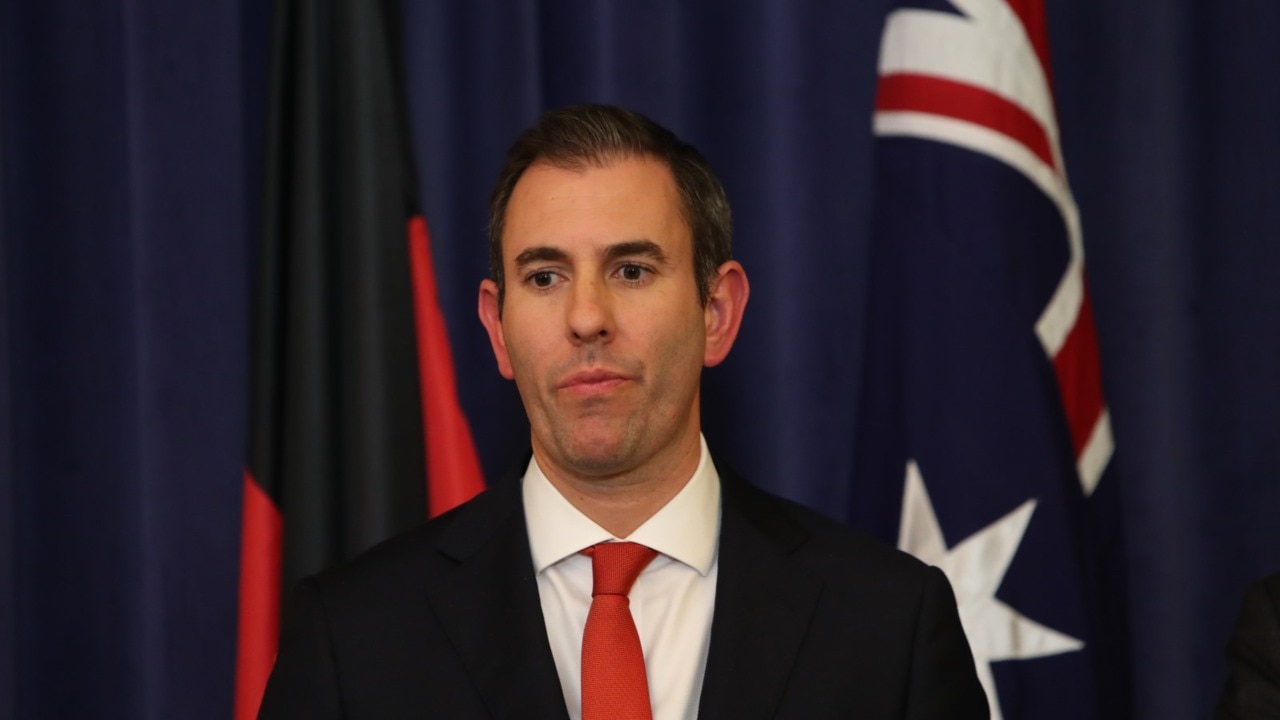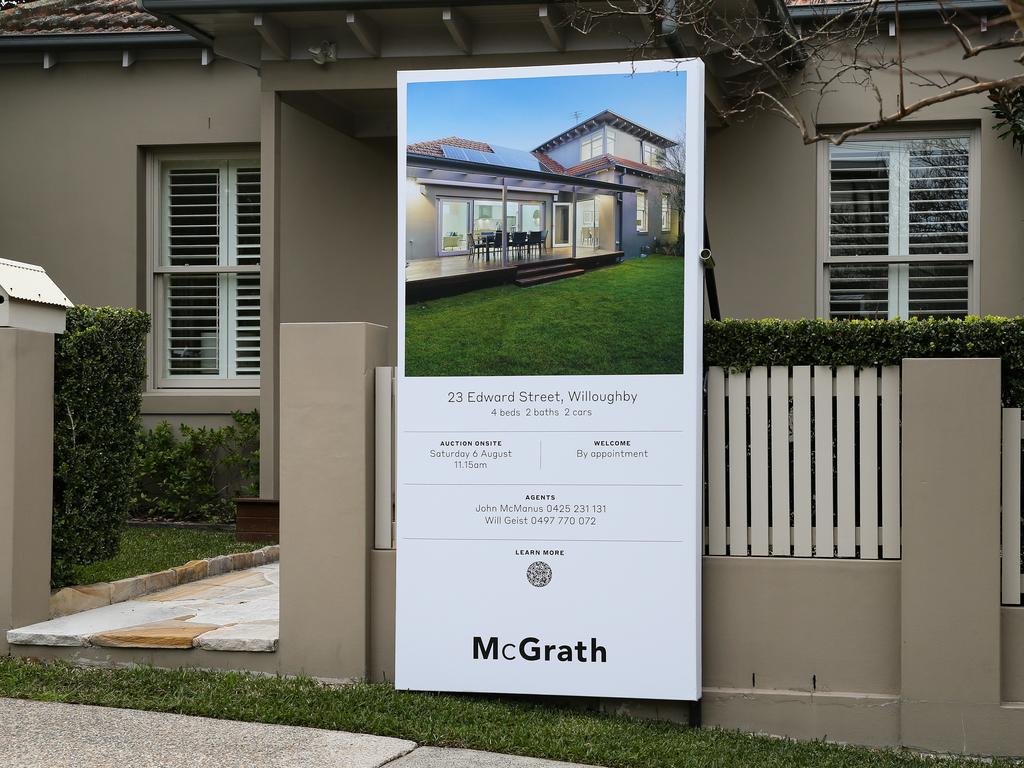
First, negative equity, where borrowers owe more money on their house than it is worth, has spread to about a fifth of people with mortgages. Rarely in the nation’s history has such a bricks-and-mortar disaster occurred on this scale, although those with substantial value in their residence vastly outnumber those with negative equity.
Second, the Reserve Bank is at last taking notice of the warnings of a hard landing issued by the largest home lender, Commonwealth Bank, via leading economist Gareth Aird. Accepting that advice means the RBA is starting to accept that former governor Ian Macfarlane was right and the price of reducing inflation quickly below 4 per cent will be too high. That means interest rates may not rise as far as many expect, but will stay at higher levels longer.
Negative equity will spread uncertainty through the community. That uncertainty will compound into fear among the biggest population group with negative equity, the children of the Baby Boomers.
Many will plead with their parents for help. Baby Boomers were the big winners from the housing price boom and many have substantial savings. But many want to enjoy their savings and are preparing for retirement.
The community disaster was created when the RBA forecast in 2020-21 that rates would not rise significantly until 2024. That encouraged a bank lending spree of enormous proportions.
Over the two or three years until late 2021, based on token interest rates, banks pumped out mortgage loans that totalled about 30 per cent of the nation’s mortgage loans stock.
This unprecedented level of low-cost lending caused a frenzy at auctions, sent prices skyrocketing and lowered the equity content in the majority of purchases. While banks allowed a buffer for higher interest rates, it was totally inadequate.
Higher interest rates have now caused banks to reduce their mortgage amounts by about 22 per cent from the levels available in the boom.
While there will be big differences between various geographic areas, that 22 per cent loan availability reduction will be translated into an overall fall in house prices of a similar amount. That means all those with original deposits of less than 20 per cent now face the danger of negative equity.
Those who paid a 10 per cent deposit will have a serious negative equity, which is set to be made worse as further interest rate rises lower house prices. But it is also a problem for the banks, particularly as their overlending helped create the problem.
The required higher monthly payments come as there has been a sharp reduction in real wage income and as the costs of power, rates and food have risen sharply. Those who have overborrowed face a nasty income squeeze.
In my view, borrowers who can keep up regular payments, even if below the minimum requirements, are unlikely to be thrown onto the streets by most big banks. The banks know that people they evict from their homes may be displayed live on television and radio.
My advice to those caught in this trap is to try to keep up some payments and, unless facing a financial disaster, avoid throwing in the towel because over time house prices will increase and in the current environment rent is expensive.
CBA warned the RBA that if it raised rates substantially it would cause a hard landing probably around January.
The RBA is now trapped because inflation is out of control and the federal government did not put forward programs to slash spending.
The latest budget shows there are enormous increases planned for future deficits and, as Eric Johnston explained on Tuesday, Victoria and NSW are throwing borrowed money around while ignoring its impact on rates.
In that environment the RBA interest rate flexibility is limited by the dollar. If it falls too far, it inflames inflation.
Although the RBA would not admit it publicly, the board wants fear and uncertainty created by the house price falls to slash consumer spending and therefore make it dangerous to raise prices, and where wage rises are forced on enterprises, they cut costs, including retrenchment.
But the spending reductions by those hit by higher rates will be partly offset by the continued spending of those in a strong financial position, including many with cash who enjoy higher deposit rates.
Enterprises that are catering for this affluent market will not be greatly affected.
But there is another blow about to hit family businesses. The tax office plans to use this time of economic stress to try to collect $3.4bn in amounts it claims to be owed by family enterprises, often in the building industry. Some undoubtedly will be tax cheats and I have no sympathy for them.
But a large amount will be victims of the Australian Taxation Office’s unfair assessment processes, where amounts “owing” are often pulled out of the air without detailed reasons. Penalties and interest are added. The government may need to step in.
Those who were borrowing in 1990 and paid 17 per cent interest rates often scoff at the children of the Baby Boomers because current rates are much lower.
I was one of those who got caught paying 17 per cent in 1990 on an investment property that slumped in value. But that lift in rates represented an increase of about 75 per cent, whereas 2022 borrowers have seen their rates rise quickly, by about 150 per cent – or twice the 1990 rate.
And borrowings relative to income in 1990 were lower because of tighter lending rules.






The Melbourne Cup interest rate rise was less than many in the market expected for two reasons.